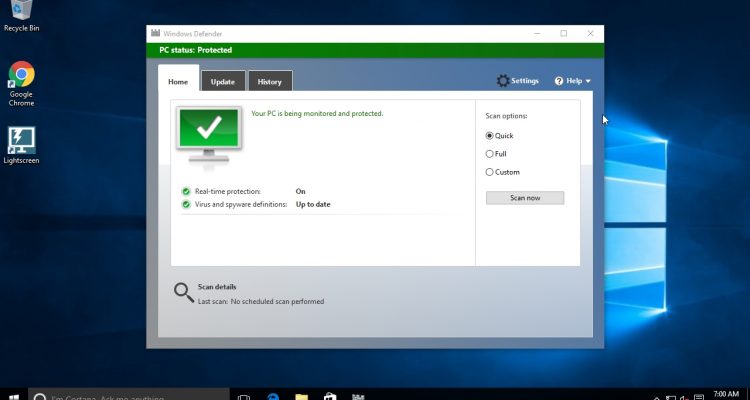


The implication is that you do not need to empty the quarantine yourself it’ll be handled for you. One of the phrases to note in the dialog above is “They will be periodically removed” in the quarantine section. If you’re experiencing false positives, you can also indicate that specific threats are to be allowed (by clicking the down-arrow to the right of an item listed, and then the “Allow” button, not shown). This will list recently discovered issues that have been dealt with. Click on Virus & threat protection.Ĭlick on Threat history. This will list current issues and quarantined items if any are present. in the taskbar to open the Windows Defender Security Center. Managing Defender’s resultsĭouble-click on the Windows Defender icon. Each program sets up and uses its own strategy for managing its vault. Not all discovered threats may be moved, however some may be deleted immediately. It’s also frequently referred to as “quarantine”.ĭepending on the specific threat, the anti- malware program moves malicious files to this safe, quarantined location in case you need to recover them later. The “vault” is the location where anti-malware programs like Windows Defender place files identified as malicious or suspicious. Even better, you probably don’t need to do a thing.

Fortunately, that doesn’t matter, since you can use Windows Defender itself to manage the contents of the vault. I don’t know where on disk the files are stored.


 0 kommentar(er)
0 kommentar(er)
